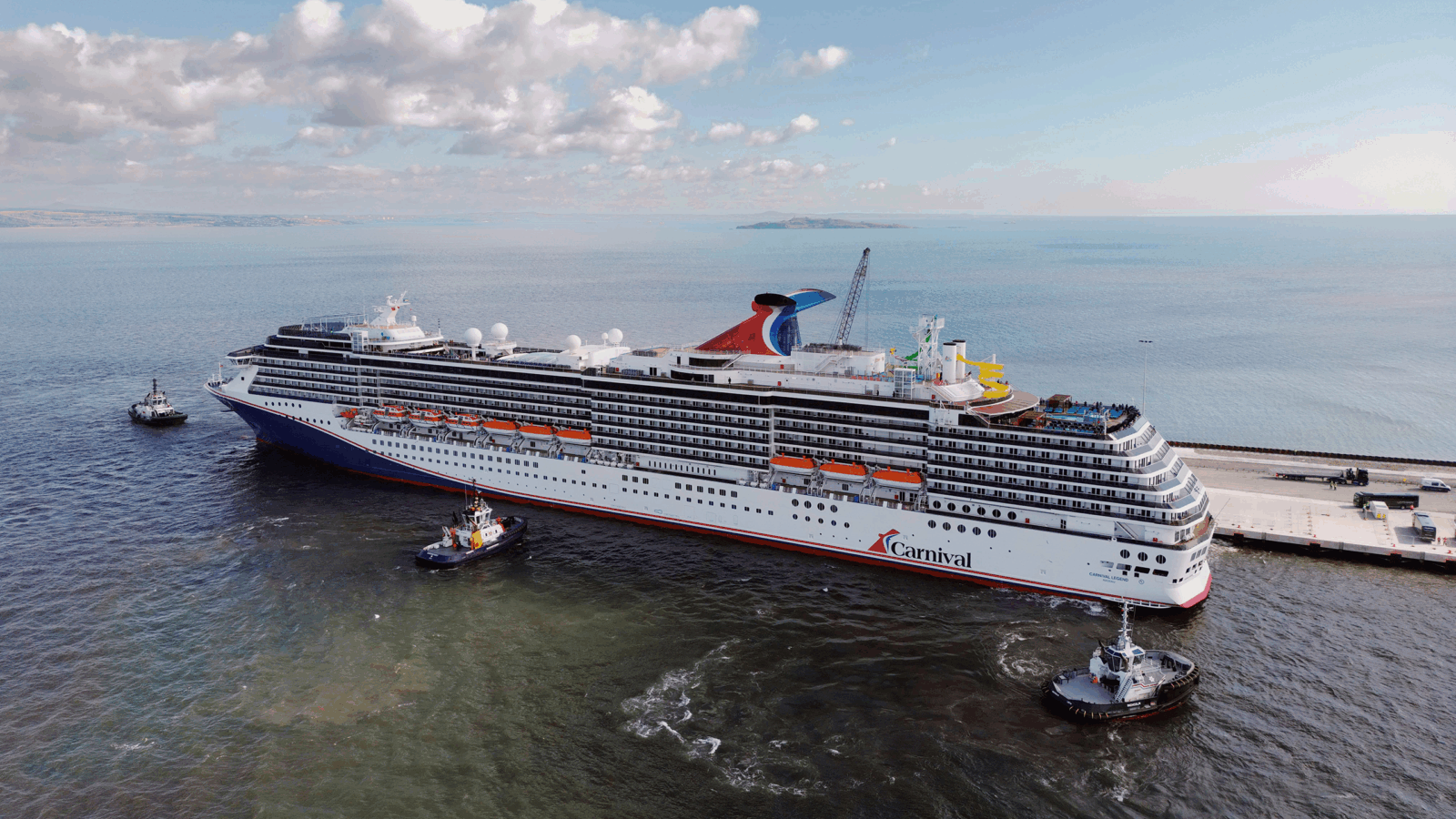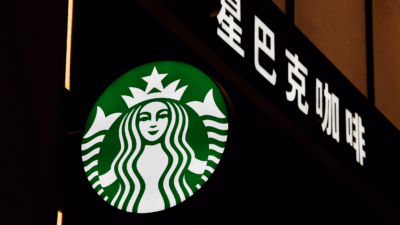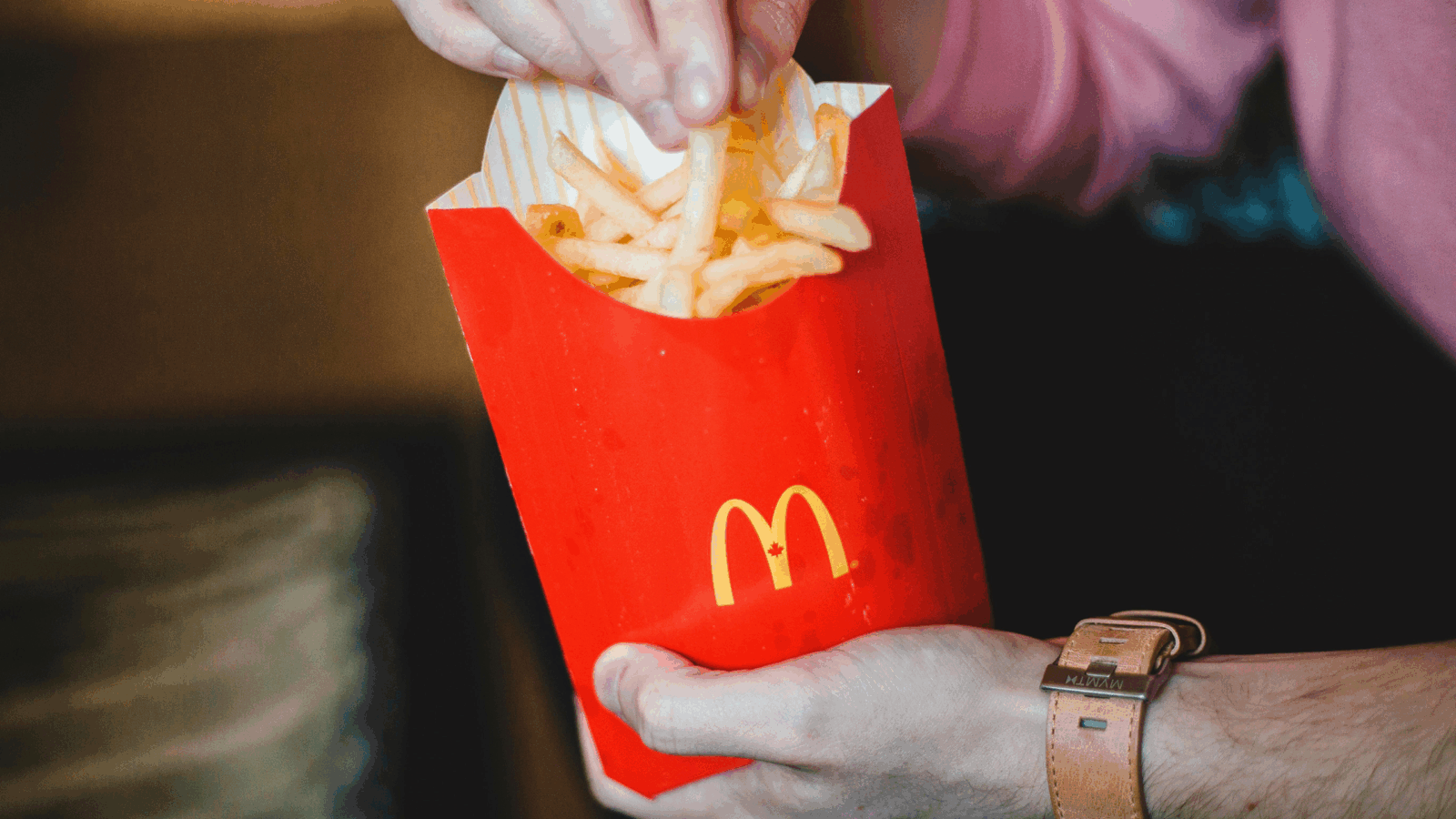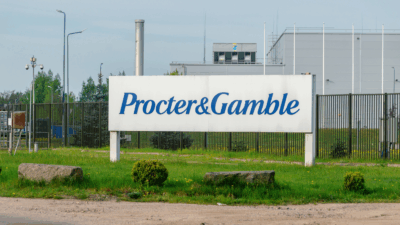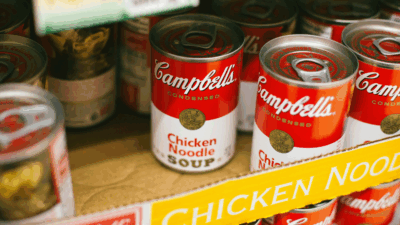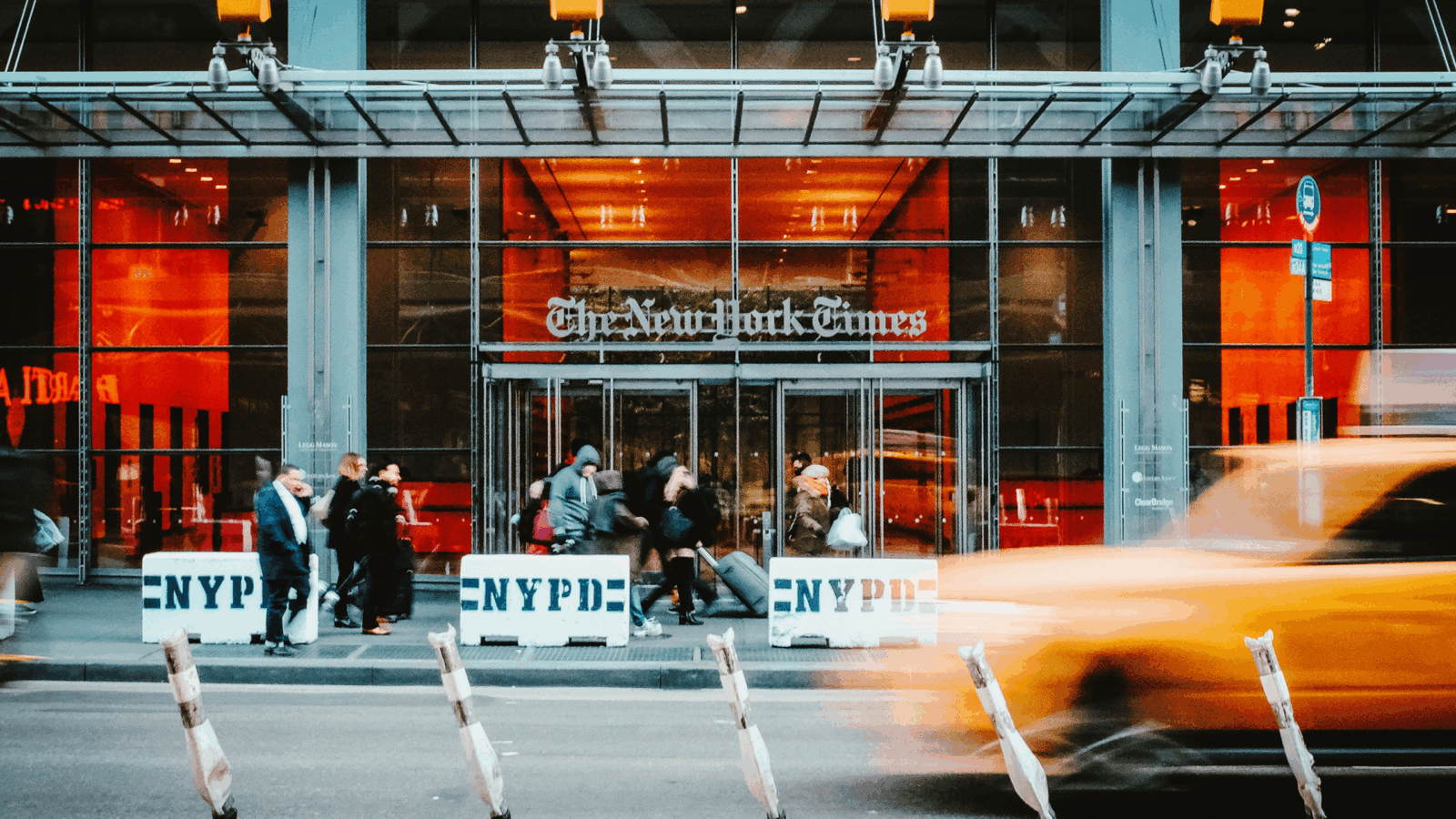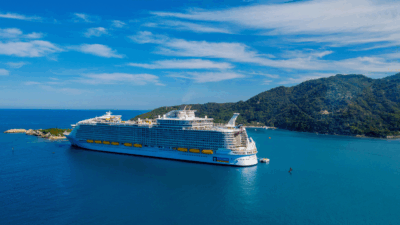Amazon, Starbucks Both Hit with Holiday Strikes
Though small compared to each company’s total workforces, work stoppages have set uncomfortable precedents for management.
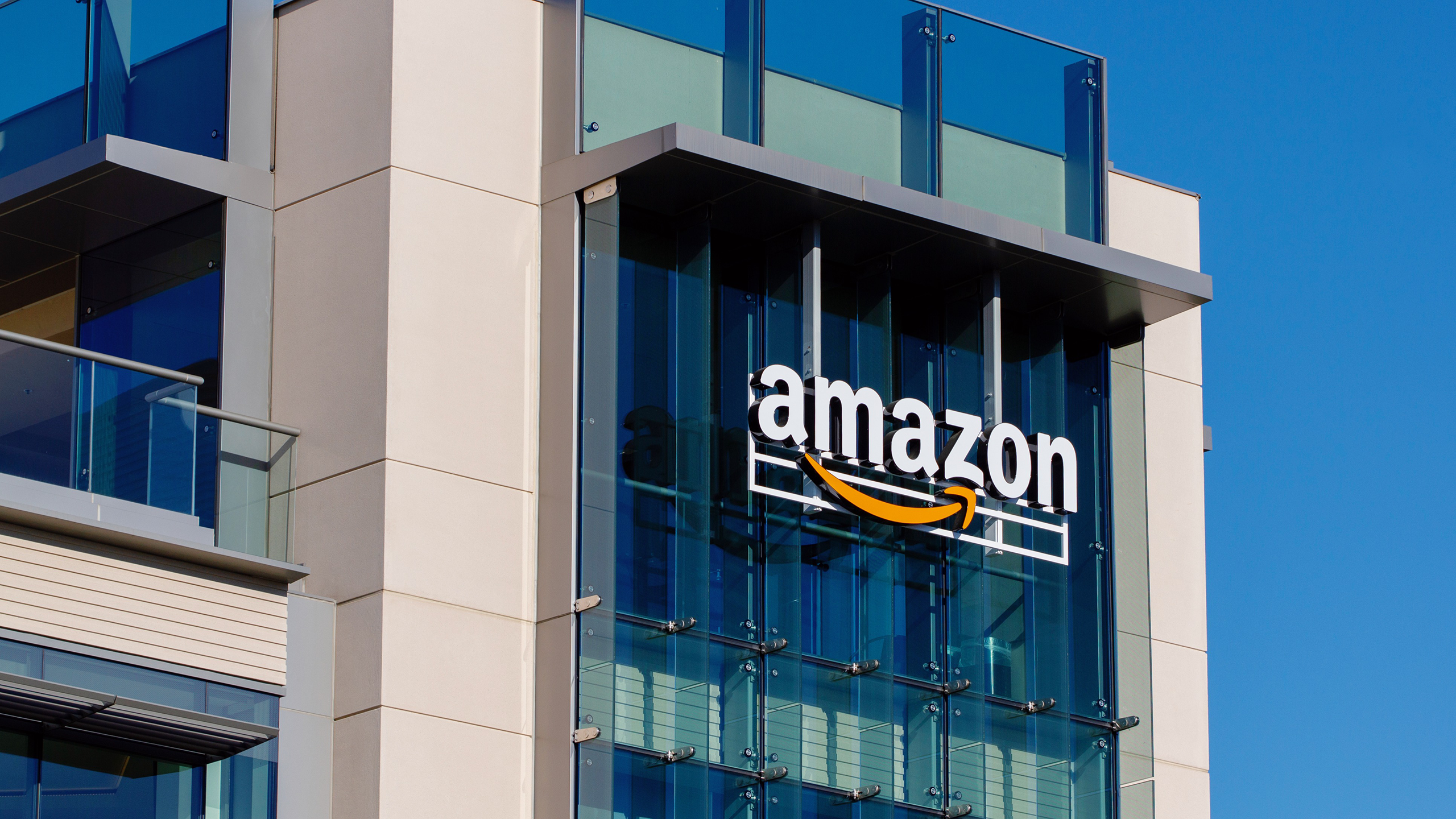
Sign up for smart news, insights, and analysis on the biggest financial stories of the day.
Two of the biggest names in retail got something worse than coal in their stockings this year.
At the end of last week, strikes were announced by unions representing both Amazon and Starbucks workers. Both companies have vehemently opposed union action in the past, and while the striking employees may be a drop in the bucket compared with the enormous workforces at each of the businesses, the work stoppages set uncomfortable precedents for management.
Santa’s Elves Better Not Get Any Ideas
Amazon is not a stranger to strikes: As a huge international corporation, it’s had to deal with its fair share of them around the world, especially on Black Friday, when workers threatening to take action has practically become tradition. On an international scale, Amazon’s sheer size has always been a hedge against strikes and other disruptions to its operations: In 2020, all its warehouses in France were shut down for a month over worker safety concerns relating to COVID-19, but the e-commerce colossus simply shipped in parcels from neighboring countries.
From that perspective, workers at seven of its US warehouses going on strike doesn’t seem like a particularly big deal. The Teamsters Union, to which the striking workers belong, said it represents 7,000 employees. Amazon has a US staff of roughly 800,000, so that doesn’t make any kind of meaningful operational dent. That doesn’t mean the strike isn’t worrisome for Amazon top brass, however:
- The Teamsters’ official involvement in Amazon worker-organizing is a relatively new phenomenon, having only started this year. Previously when it came to US union action, Amazon had only had to deal with grassroots drives.
- The Teamsters bring a lot more experience and resources to the table, and that seems to have had an effect as this is the largest-ever coordinated US strike action against the company, spanning four states and including both warehouse staff and drivers.
How to Espresso Yourself at Work: Starbucks’ union drive has seen a slow but steady build-up. The first Starbucks store unionized in 2021, and the company employees’ union now represents 12,000 workers across 500 US stores, according to National Labor Relations Board data. A November regulatory filing reported by Bloomberg revealed Starbucks has 201,000 café workers, so that would put the density of unionized baristas somewhere around the 6% mark. That proportion would be a weak milk-to-shot ratio in a latte, but for Starbucks management, it’s a bit too strong.
